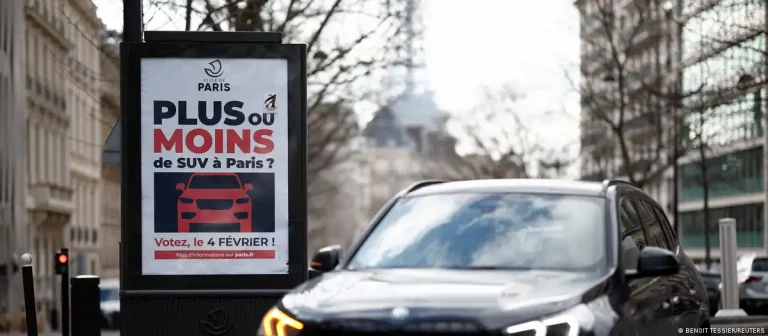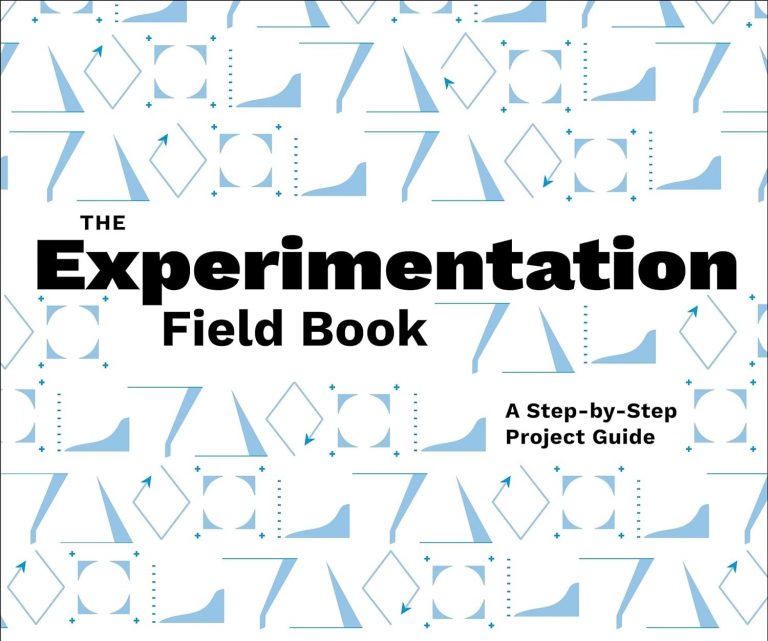Google and the UX challenge of augmented reality

The new Google FieldTrip app probes the question: What digital information do you want to see overlaid on the physical world? A challenge that Bruce Sterling describes as “‘experience design’ problems”. Alexis G. Madrigal explores it in The Atlantic:
“If you pick up a book, do you see a biography of its author, an analysis of the chemical composition of its paper, or the share price for its publisher? Do you see a list of your friends who’ve read it or a selection of its best passages or a map of its locations or its resale price or nothing? The problem for Google’s brains, as it is for all brains, is choosing where to focus attention and computational power. As a Google-structured augmented reality comes closer to becoming a product-service combination you can buy, the particulars of how it will actually merge the offline and online are starting to matter.
To me, the hardware (transparent screens, cameras, batteries, etc) and software (machine vision, language recognition) are starting to look like the difficult but predictable parts. The wildcard is going to be the content. No one publishes a city, they publish a magazine or a book or a news site. If we’ve thought about our readers reading, we’ve imagined them at the breakfast table or curled up on the couch (always curled up! always on the couch!) or in office cubicles running out the clock. No one knows how to create words and pictures that are meant to be consumed out there in the world.”



